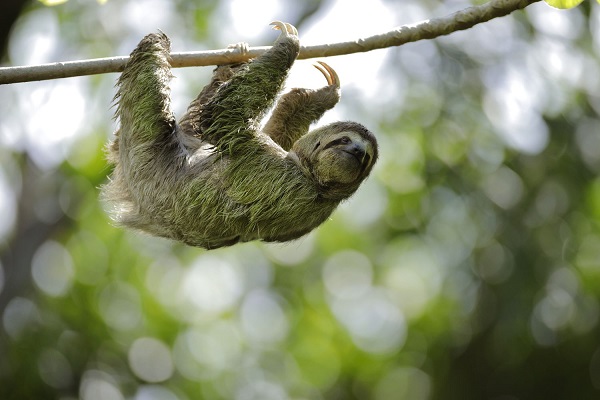
In the animal kingdom, being slow can be a smart way to stay safe and conserve energy. This is especially true in cold places or areas where it’s hard to breathe. Sometimes, moving slowly helps animals blend into their surroundings, making them less noticeable. But other times, like when animals are near cars, being slow can attract attention.
Following our previous article on the fastest animals in the world, today on Afribeats, we bring you the slowest animals in the world.
While it’s likely to rank these animals by speed arbitrarily, it’s more interesting to look at why, among their kind, they’re so slow.
Here’s a list of ten of the slowest animals by type.
1. Ocean Sunfish
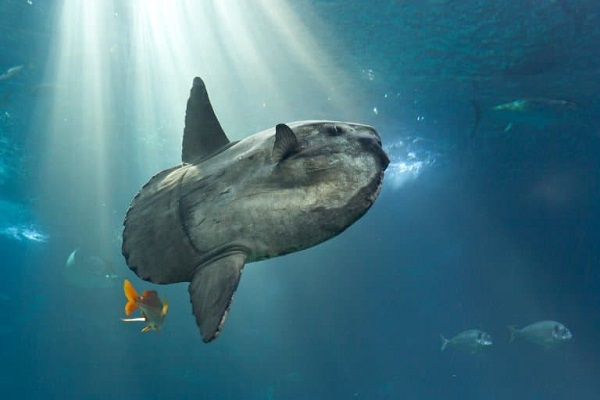
Regarded as the slowest ocean giant. The most massive bony fish in the world is also one of the slowest. This animal weighs up to 1.4 tons, but until recently, researchers thought it was entirely at the mercy of the ocean currents.
As it happens, it can swim, but barely. This slow pace of life attracts over 40 different parasites, and the fish have been seen basking at the surface of the ocean, looking mostly dead, allowing birds to pick at them.
2. Three-toed Sloth
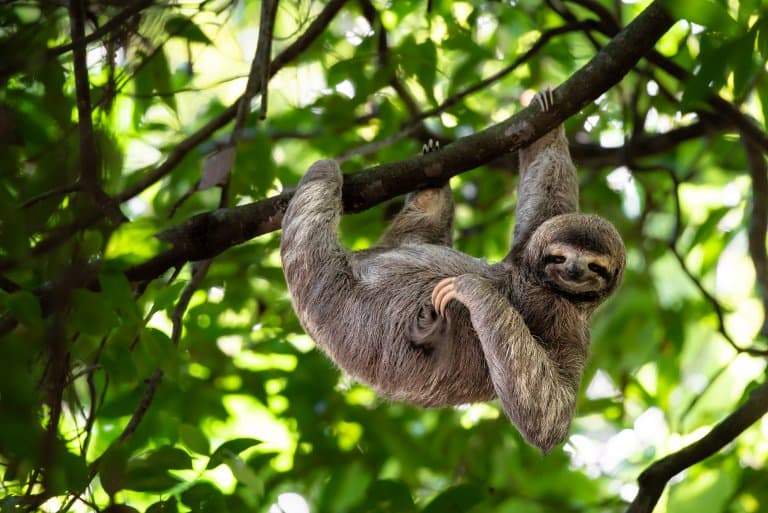
The three-toed sloth puts even the slow loris to shame. This is a mammal that moves so slowly that moss can catch up with it.
Its characteristic green coat is an algae layer that builds up on the sloth’s fur and creates a unique ecosystem inside, in which several species can be found endemic to the sloth itself.
Unlike the loris, the sloth has no chemical defences (though they are quite smelly), and instead relies on a powerful bite and some long, stabby claws to deter its enemies. This creature is regarded to as the slowest mammal on earth.
3. Greenland Shark
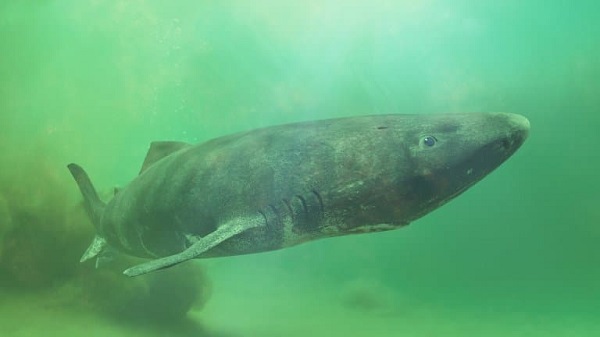
Greenland is known for being cold. And spending your life submerged in arctic waters is no doubt going to slow you down, especially if you’re a big fish with a low body temperature.
Despite being able to catch seals, somehow, Greenland sharks spend their time cruising at less than 1 km/h. Their Latin name translates to “sleepy smallheads”. This is the slowest of all sharks.
4. American Woodcock
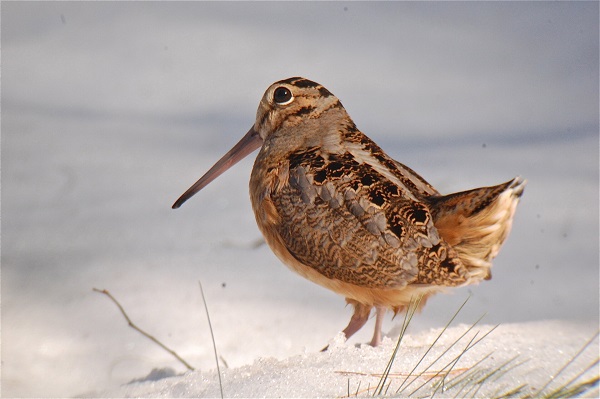
Woodcocks are American birds who quite clearly prefer to be on the ground. While they can fly, and fly fairly well, they are also the owner of record slowest flight, at 8 km/h (5mph). They are known as the slowest flying bird.
They fly at low altitudes and night, suggesting that they’re a bit embarrassed by it. They’re much more comfortable pottering about in the undergrowth, eating insects and worms. However, when it’s time to mate, they will engage in courtship rituals called Skylarking, which is trying to show how not rubbish they are at flight.
5. Stick Insect
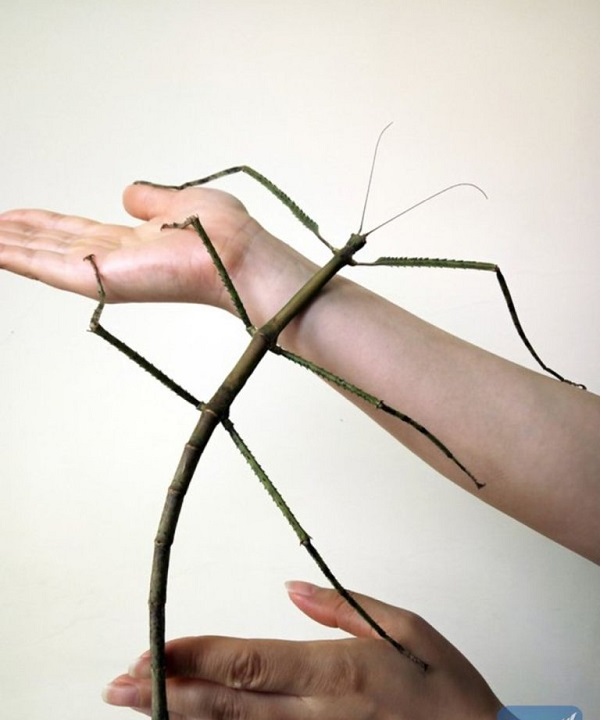
Stick insects are so named because they mimic sticks and leaves in the way that they look. But stick mimicry hits a limitation when it comes to locomotion. Sticks aren’t known to be highly migratory, but the insects do need to get about, so they compromise.
YOU MAY ALSO LIKE: The World’s Top 10 Biggest Insects
Moving exceptionally slowly and with an impressive sway that disguises their locomotion as a fluttering leaf, they can find one another on branches without giving the game away to would-be predators.
6. Tortoise
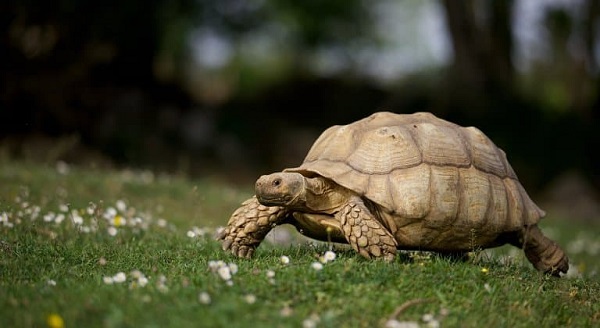
Known as the slowest reptile on the planet. There are two main reasons for this: the first is their poor diet. Slow motion allows them to not overspend their resources, but their heavy armour plating creates certain physical restraints, too.
SEE ALSO: 6 Types of North American Tortoises
Interestingly, unlike snails and slugs, tortoises are highly economical in their walking, and the cost of transport in terms of energy expenditure is much lower relative to their mass than most animals.
7. Snails and Slugs
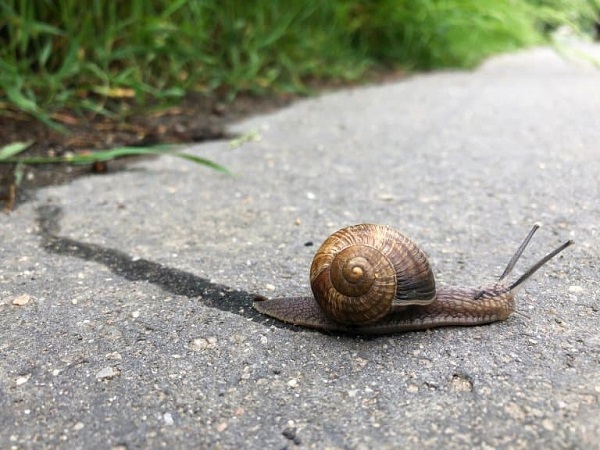
Terrestrial gastropods are well known for being slow, and like the loris, they’ve developed some gross deterrents in place of being swift underfoot.
Both slugs and snails move around by contracting and relaxing their entire muscular body from the tail to the head. These waves interact with their 0.04 mm-thick layer of sticky mucous and create a propulsion that is still not fully understood.
SEE ALSO: The Fastest Animals in the World
Interestingly, this is a hugely inefficient way of getting around. In sea snails especially, it’s thought that mucous pushing is twelve times as energy-intensive as a mouse running, one hundred times more so than a fish swimming, and might be the most costly form of locomotion in the animal kingdom.
The mucous that allows gastropods to move is astounding in itself. It’s created by special granules which, on contact with water, burst and swell up to 800 times their original size.
This mucous protects from physical and chemical threats, but overcoming its stickiness to move the gastropod around takes a huge percentage of the energy the animal gains as food, and that is why they can only get about at a snail’s pace.
8. Dwarf Seahorse
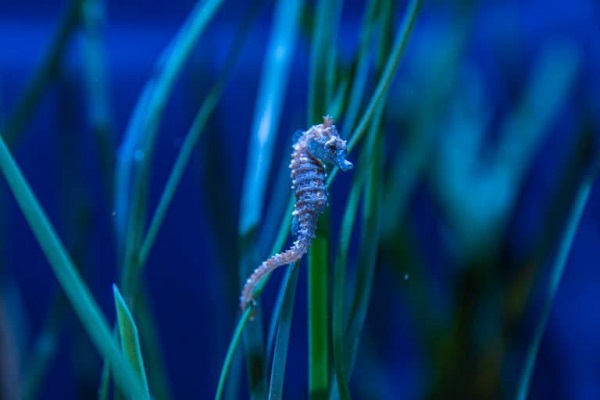
Seahorses are funny little things, but while they don’t look it, they are, in fact, regular bony fish like the trout and salmon of the world. They are also known as the slowest bony fishes.
Still, they don’t swim about using the same mechanisms as most of their class, instead relying on gentle movements and a prehensile tail to move relatively little and stay hidden.
So it stands to reason that the smallest of them would be some of the slowest. These little fish move around 1.5 meters every hour, the slowest rate of any such fish recorded.
Being a tiny predator as well as a common prey item, they have a key role in their ecosystem as both population control and food supply, respectively. Like chameleons, they use their slow movement as a way of staying camouflaged among leafy hiding places.
9. Slow Loris

These nocturnal primates are known not only for their deliberate movements but also for their low breeding rates. Everything the slow loris does is frustratingly nonurgent, but they don’t need to move all that fast because they’re one of the only venomous mammals.
They have a secretion from glands under their arms that contains a powerful irritant. When licked, it coats the mouth of the loris and can be injected into potential predators or unsuspecting vloggers with disastrous consequences.
RELATED: 10 Dumbest Animals in the World
This chemical has been shown to put off animals like the clouded leopard and binturong and has even been attributed to one human death.
10. Starfish
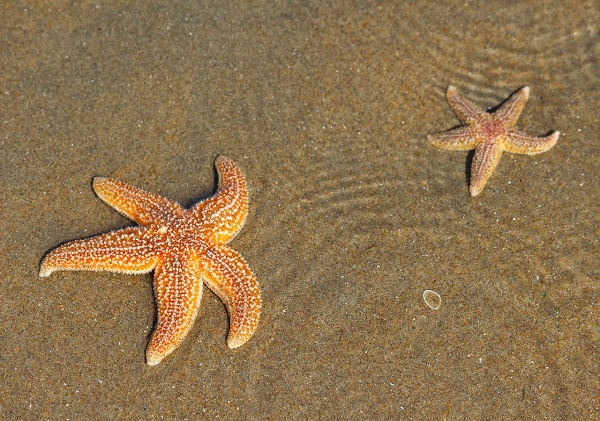
Starfish have so many limbs that there’s no excuse for them moving so slowly. Of all the animals on this list, they’re the only ones with radial symmetry, representing a phylum of very strange animals called the Echinoderms.
Starfish symmetry surrounds a central point, rather than a bilateral line, like most animals we’re familiar with. That means they can have anywhere from five to 50 arms radiating from their mouth.
And still, they’re remarkably slow animals. Despite this, they are constantly on the move, using thousands of little sticky protrusions to carry themselves around and, amazingly, hunt other animals.
Starfish feed on the only animals slower than they are: the sponges and bivalves that don’t move at all. To see what they’re truly capable of, you need to speed up the footage quite a lot. And when you do, their ecology immediately comes to life.



